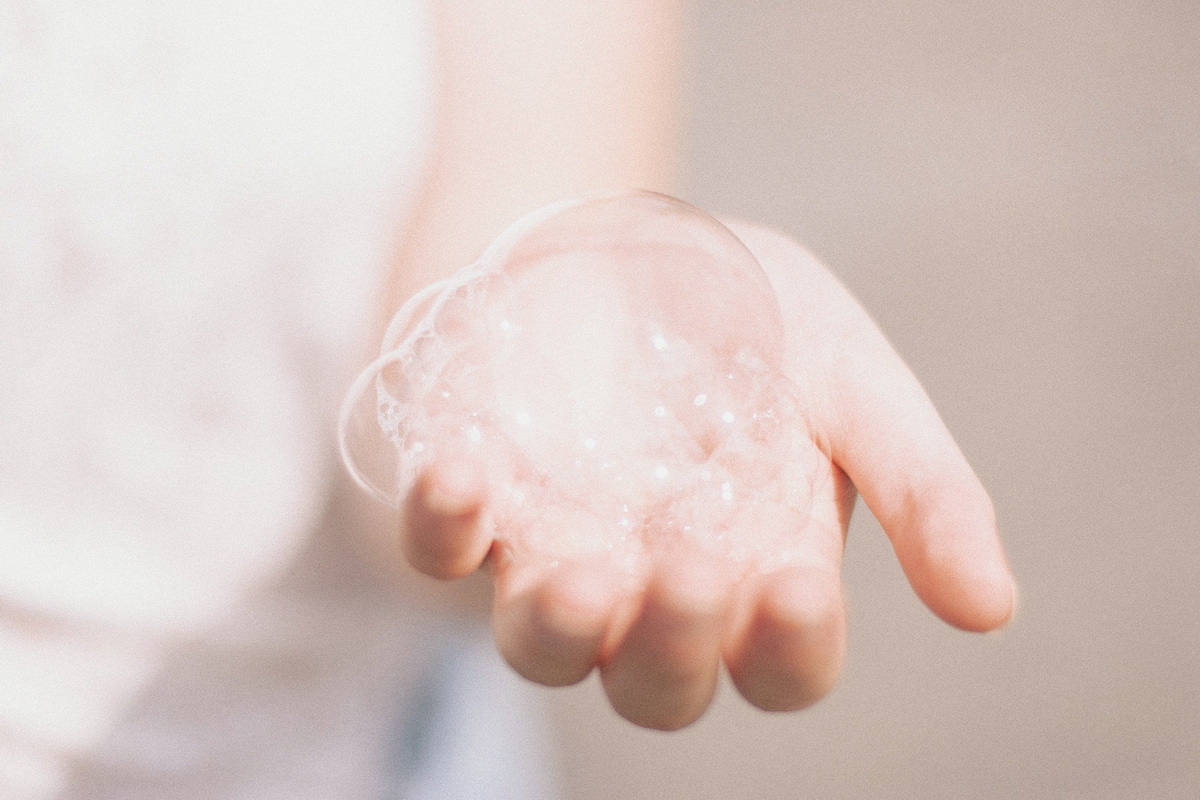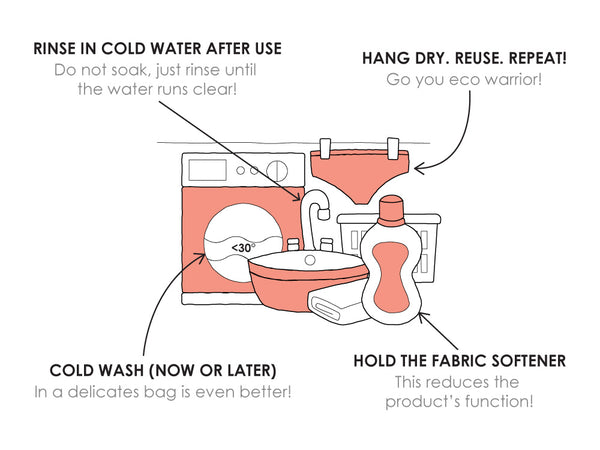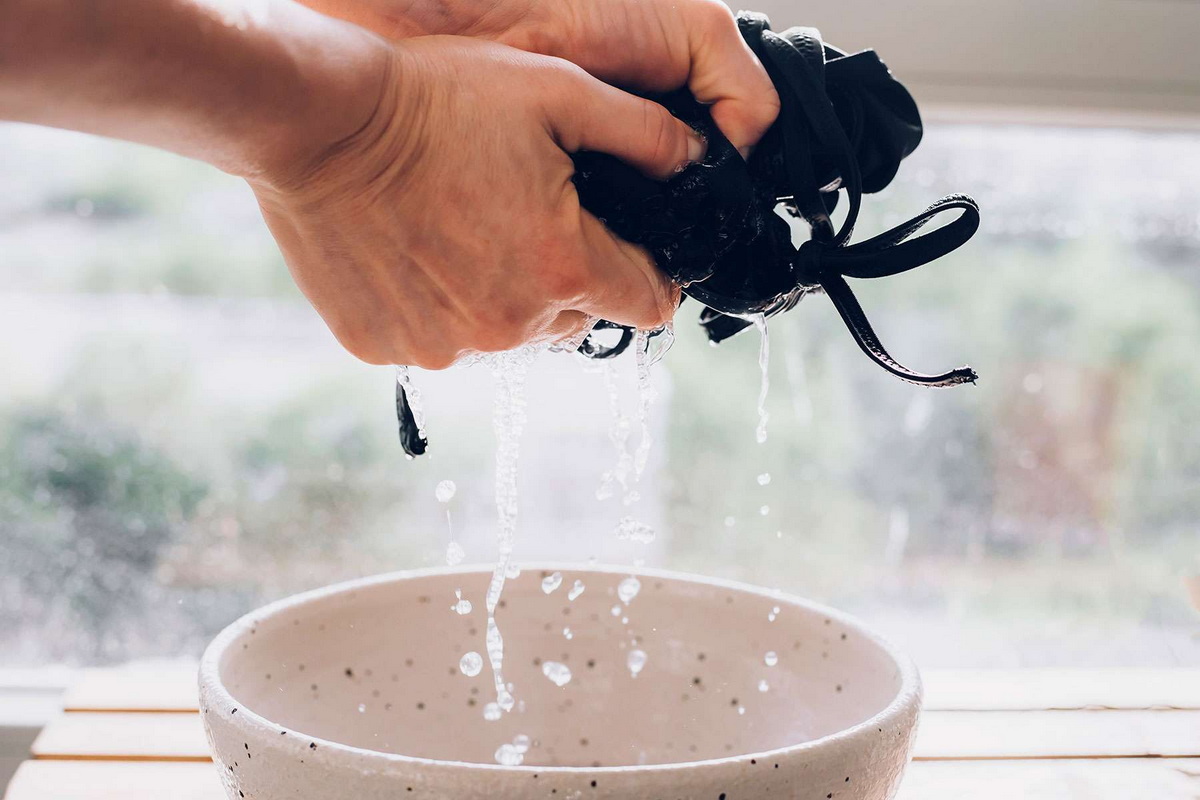Content Menu
● I. Introduction
● II. Understanding Swimwear Fabrics
>> A. Types of Materials Used in Swimwear
>> B. Characteristics of These Materials
● III. General Guidelines for Washing Swimwear
>> A. When to Wash Swimwear
>> B. Pre-washing Tips
● IV. Washing Swimwear in the Machine
>> A. Machine Settings
>> B. Detergents to Use
>> C. Using a Mesh Laundry Bag
● V. Alternative Washing Methods
>> A. Hand Washing
>> B. Dry Cleaning Considerations
● VI. Drying Swimwear
>> A. Avoiding the Dryer
>> B. Recommended Drying Methods
● VII. Tips for Maintaining Swimwear Longevity
>> A. Proper Storage Techniques
>> B. Avoiding Common Pitfalls
>> C. Regular Inspections for Wear and Tear
● VIII. Conclusion
● IX. Videos
● Frequently Asked Questions
>> 1. Can I wash my swimwear with regular laundry?
>> 2. How often should I wash my swimwear?
>> 3. Is it safe to use fabric softener on swimwear?
>> 4. Can I dry my swimwear in the dryer?
>> 5. What should I do if my swimwear starts to fade?
Swimwear is an essential part of summer fun, whether you're lounging by the pool, hitting the beach, or participating in water sports. However, many people are unsure about the best way to care for their swimwear, particularly when it comes to washing. This article will explore the ins and outs of washing swimwear in the washing machine, providing you with the knowledge you need to keep your favorite swimsuits looking great for years to come.

I. Introduction
Swimwear is typically made from a variety of materials designed to withstand the rigors of water exposure, chlorine, and salt. However, improper care can lead to fading, stretching, and deterioration of these fabrics. This article aims to address common concerns about washing swimwear in a washing machine and provide practical tips for maintaining your swimwear's quality.
II. Understanding Swimwear Fabrics
A. Types of Materials Used in Swimwear
Swimwear is primarily made from synthetic materials, each with its unique properties:
1. Polyester: Known for its durability and resistance to fading, polyester is a popular choice for swimwear. It dries quickly and retains its shape well.
2. Nylon: This material is lightweight and stretchy, providing a comfortable fit. However, it can be more susceptible to damage from chlorine.
3. Spandex/Lycra: Often blended with other materials, spandex adds stretch and flexibility to swimwear, allowing for a snug fit.
B. Characteristics of These Materials
Understanding the characteristics of these materials can help you make informed decisions about washing and caring for your swimwear:
- Durability: Polyester is the most durable, while nylon and spandex may require more careful handling.
- Stretchability: Spandex provides excellent stretch, but excessive heat can damage its elasticity.
- Resistance to Chlorine and Saltwater: Polyester is more resistant to chlorine, while nylon can degrade over time when exposed to saltwater.

III. General Guidelines for Washing Swimwear
A. When to Wash Swimwear
It's essential to wash your swimwear after each use, especially if you've been swimming in chlorinated pools or saltwater. Rinsing your swimsuit immediately after swimming can help remove chlorine and salt, which can cause fabric deterioration over time.
B. Pre-washing Tips
Before tossing your swimwear into the washing machine, consider the following:
- Check Care Labels: Always read the care labels on your swimwear for specific washing instructions.
- Remove Accessories: If your swimsuit has removable pads or embellishments, take them out before washing to prevent damage.
IV. Washing Swimwear in the Machine
A. Machine Settings
When washing swimwear in the machine, it's crucial to use the right settings:
- Recommended Cycle: Use a gentle or delicate cycle to minimize agitation, which can stretch or damage the fabric.
- Water Temperature: Cold water is best for washing swimwear, as hot water can cause fading and shrinkage.
B. Detergents to Use
Choosing the right detergent is vital for maintaining your swimwear's quality:
- Mild Detergents: Opt for a mild detergent specifically designed for delicate fabrics. Avoid harsh chemicals that can break down the fibers.
- Avoiding Bleach and Fabric Softeners: Bleach can cause discoloration, while fabric softeners can leave a residue that affects the swimsuit's performance.
C. Using a Mesh Laundry Bag
To protect your swimwear during the wash, consider using a mesh laundry bag. This will help prevent snagging and tangling with other garments.

V. Alternative Washing Methods
A. Hand Washing
If you're concerned about machine washing, hand washing is a gentle alternative:
1. Fill a Basin: Use cool water and add a small amount of mild detergent.
2. Gently Agitate: Swirl the swimsuit in the water without scrubbing or twisting.
3. Rinse Thoroughly: Rinse the swimsuit under cool running water until all detergent is removed.
B. Dry Cleaning Considerations
While most swimwear can be washed at home, some delicate pieces may require dry cleaning. If your swimsuit has intricate details or is made from particularly sensitive materials, consult the care label or a professional cleaner.
VI. Drying Swimwear
A. Avoiding the Dryer
It's essential to avoid using a dryer for swimwear, as the heat can damage the elastic fibers and cause shrinkage.
B. Recommended Drying Methods
1. Air Drying Techniques: Lay your swimsuit flat on a clean, dry towel and reshape it to its original form. Avoid hanging it, as this can stretch the fabric.
2. Avoiding Direct Sunlight: While air drying is recommended, keep your swimsuit out of direct sunlight to prevent fading.

VII. Tips for Maintaining Swimwear Longevity
A. Proper Storage Techniques
When not in use, store your swimwear in a cool, dry place. Avoid folding it in a way that creates creases, as this can lead to permanent marks.
B. Avoiding Common Pitfalls
To extend the life of your swimwear, be mindful of the following:
- Sitting on Rough Surfaces: Avoid sitting on rough surfaces like concrete or sand, which can cause pilling or tearing.
- Using Sunscreen: Some sunscreens can stain swimwear, so consider using a sunscreen that is less likely to cause discoloration.
C. Regular Inspections for Wear and Tear
Periodically check your swimwear for signs of wear, such as fraying seams or fading colors. Addressing these issues early can help prolong the life of your swimsuit.
VIII. Conclusion
In conclusion, washing swimwear in the washing machine can be done safely if you follow the proper guidelines. By understanding the materials, using the right settings, and taking care of your swimwear, you can ensure that it remains in excellent condition for many summers to come. Remember to rinse your swimsuit after each use, choose mild detergents, and avoid the dryer to maintain its quality.
IX. Videos
For more information on swimwear care, consider checking out the following resources:
- [The Best Way to Wash a Bathing Suit: Howdini Hacks]
- [ How to PROPERLY Wash Your Swimsuit After a Swim Session ]
- [How to Wash Swimwear II Quick & Easy Swimwear Care II How to clean luxury swimwear II Swimwear tips]
Frequently Asked Questions
1. Can I wash my swimwear with regular laundry?
- It's best to wash swimwear separately or with similar delicate items to avoid damage.
2. How often should I wash my swimwear?
- You should wash your swimwear after each use to remove chlorine and salt.
3. Is it safe to use fabric softener on swimwear?
- No, fabric softeners can leave a residue that affects the swimsuit's performance.
4. Can I dry my swimwear in the dryer?
- No, avoid using the dryer as the heat can damage the elastic fibers.
5. What should I do if my swimwear starts to fade?
- To prevent fading, always rinse your swimsuit after swimming and store it away from direct sunlight.
By following these guidelines, you can enjoy your swimwear for many seasons while keeping it looking fresh and vibrant. Happy swimming!





































